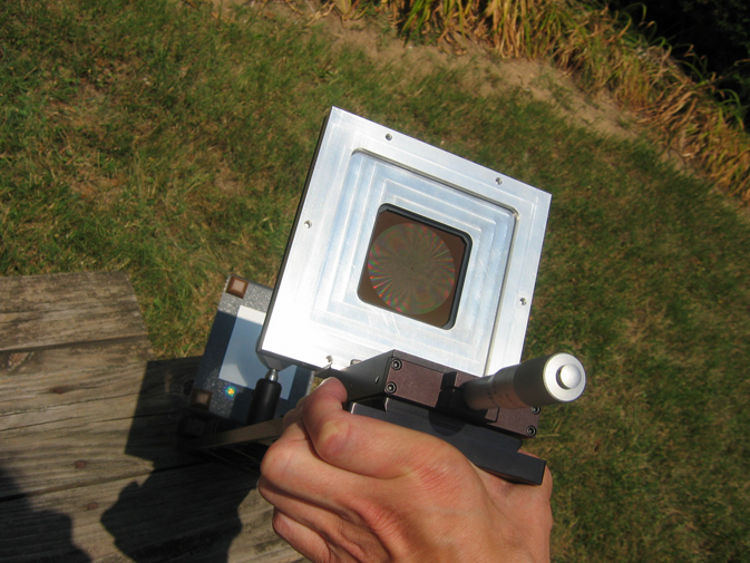
A collaboration of researchers in the United States, including scientists from the NASA Goddard Space Flight Center (GSFC), in Greenbelt, Maryland, and the US Air Force Academy (USAFA), in Colorado, are currently working on an optical technology inspired by a common kitchen utensil.
Their photon sieve is a diffractive optics tool that should make observing the solar chromosphere a lot easier. This is the layer above the photosphere that significantly contributes to triggering potentially hazardous events, including coronal mass ejections and solar flares.
The chromosphere is one of the most complex and mysterious layers of the star, and solar physicists are extremely curious to learn about how it operates. This technology is a direct answer to this need.
The USAF-sponsored FalconSat-7 mission will feature a small Cubesat, which will carry the photon sieve. A prototype version of the device has already been tested from the ground, and performed within expected margins.
The purpose of the upcoming satellite mission is to check whether the technology can be scaled up successfully. If that is the case, then we could expect to see a larger solar telescope based on the sieve being developed over the next few years.
“We've studied the sun's corona for years and it's complicated. But the chromosphere, which can be seen as a thin pink layer during a total solar eclipse, is even harder to understand,” Daw explains.
“Things are happening there at spatial scales we can't currently resolve with existing space- or ground-based telescopes,” the expert goes on to say. He adds that a standard, Hubble-sized solar telescope would be able to study the corona, but argues that the costs of building such an instrument are too high.
If the new technology proves effective, then solar physicists will have access to a new means of capturing high-resolution images of various targets on the Sun without having to build an expensive, large telescope.
The photon sieve is based on an invention made by expert Lutz Kipp, who at the time was a professor at Kiel University in Germany, more than a decade ago. Researchers at the USAFA Laser and Optics Research Center have been working on improving the device ever since.
Tidak ada komentar:
Posting Komentar